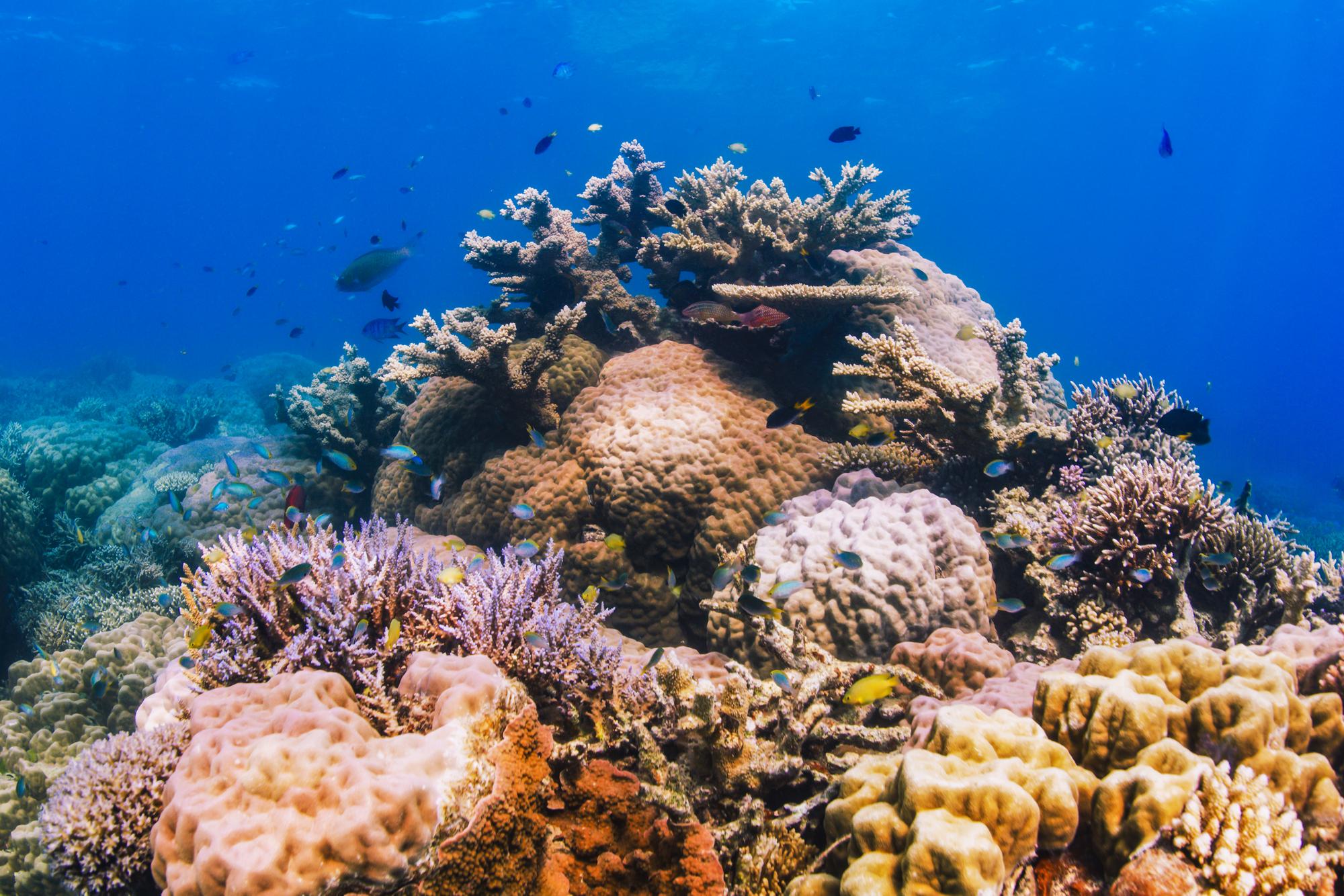Editor’s note: Conservation International announced on Jan. 15, 2025, that the debt-for-nature swap between the United States, Indonesia and several non-governmental organizations has officially been finalized. This means that US$ 35 million will begin to flow toward the protection and restoration of Indonesia’s highest-priority coral reef ecosystems, including Raja Ampat, where Conservation International has worked for two decades. “Good things sometimes take a long time to achieve,” said Conservation International CEO M. Sanjayan in a statement after the deal closed, thanking donors and supporters. “With your help we have achieved a great and lasting victory.” This story originally published in July, 2024.
The government of Indonesia announced this week a deal to redirect more than US$ 35 million it owes to the United States into the conservation of coral reefs in the most biodiverse ocean area on Earth.
The “debt-for-nature” swap will fund coral restoration in two key areas of the Pacific Ocean’s Coral Triangle — the Bird’s Head and Lesser Sunda-Banda seascapes, which encompass three-quarters of the world’s coral species and more than 3,000 types of fish, turtles, sharks, whales and dolphins, Marc Jones reported for Reuters.
Debt-for-nature swaps aim to alleviate two problems for developing countries: heavy debt burdens and a lack of funding for conservation.
Conservation International brokered the first debt-for-nature swap in Bolivia in 1987 — and in the years since, they have become a powerful tool for financing conservation. While Indonesia has participated in three earlier swaps, this will be the first to focus on protecting coral reefs.
“We never imagined that this critical mechanism to alleviate burdensome debt and protect the world’s most valuable ecosystems would eventually unlock billions for global conservation," Conservation International CEO M. Sanjayan said in a statement. “We commend the governments of Indonesia and the United States for their vision and commitment to marine conservation.”
Conservation International will provide US$ 3 million to support Indonesia’s debt swap.
Further reading: The most important conservation law you’ve never heard of
Known as the “rainforests of the sea,” coral reefs support a quarter of all marine species and are the cornerstone of healthy ocean ecosystems. Moreover, more than 500 million people rely on coral reefs for food and livelihoods. But they’re quickly vanishing. Record heat, ocean acidification and pollution are all contributing to mass coral bleaching, which is only expected to get worse as climate change accelerates.
Roughly 18 percent of the world’s coral reefs are found in Indonesia’s waters, where they provide food, livelihoods, and storm protection for coastal communities.
Indonesia’s deal was made possible under the Tropical Forest and Coral Reef Restoration Act (TFCCA), which allows countries to reduce their debt to the U.S. in exchange for commitments to conserve forests and coral reefs. In the 25 years since its adoption, the act has supported swaps in 14 countries and unlocked more than US$ 415 million to protect tropical forests and coral reef ecosystems.
Alexandre Portnoi, a legal advisor with Conservation International who worked on the deal, said the swaps “open up a new pool of funding for conservation by breaking the cycle of increasing debt that contributes to the destruction of nature.”
“That’s because countries with high levels of debt may be more likely to exploit their natural resources in an effort to meet financial needs,” he added.
As global commitments to protect and restore nature gain ground, the money generated from debt-for-nature swaps can help address a persistent gap in funding to support these efforts. A United Nations report found that the world will not reach its climate and biodiversity goals unless financing more than doubles — from the current US$ 154 billion a year to US$ 384 billion a year by 2025.
Read the full story from Reuters here.
Mary Kate McCoy is a staff writer at Conservation International. Want to read more stories like this? Sign up for email updates. Also, please consider supporting our critical work.
